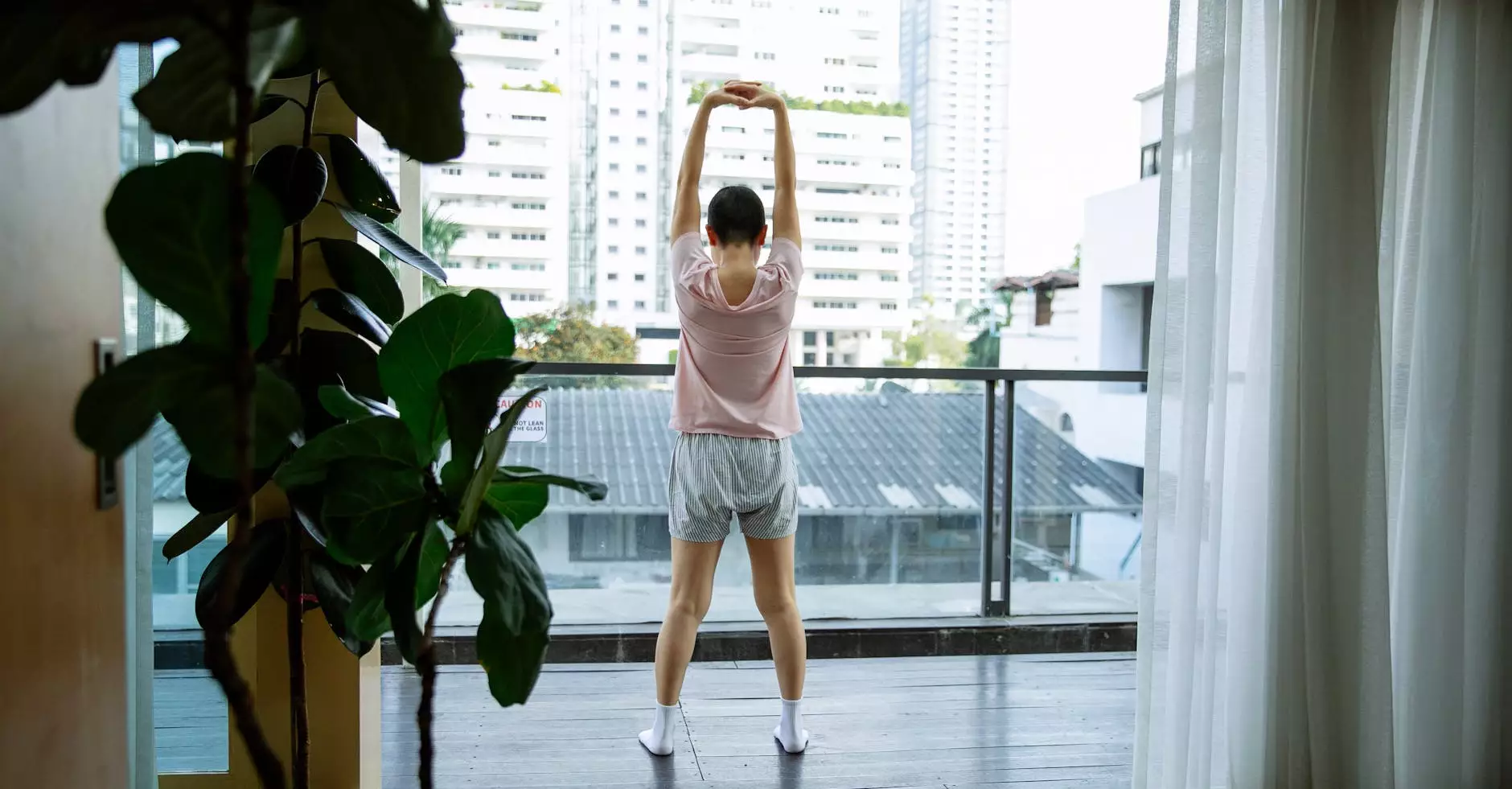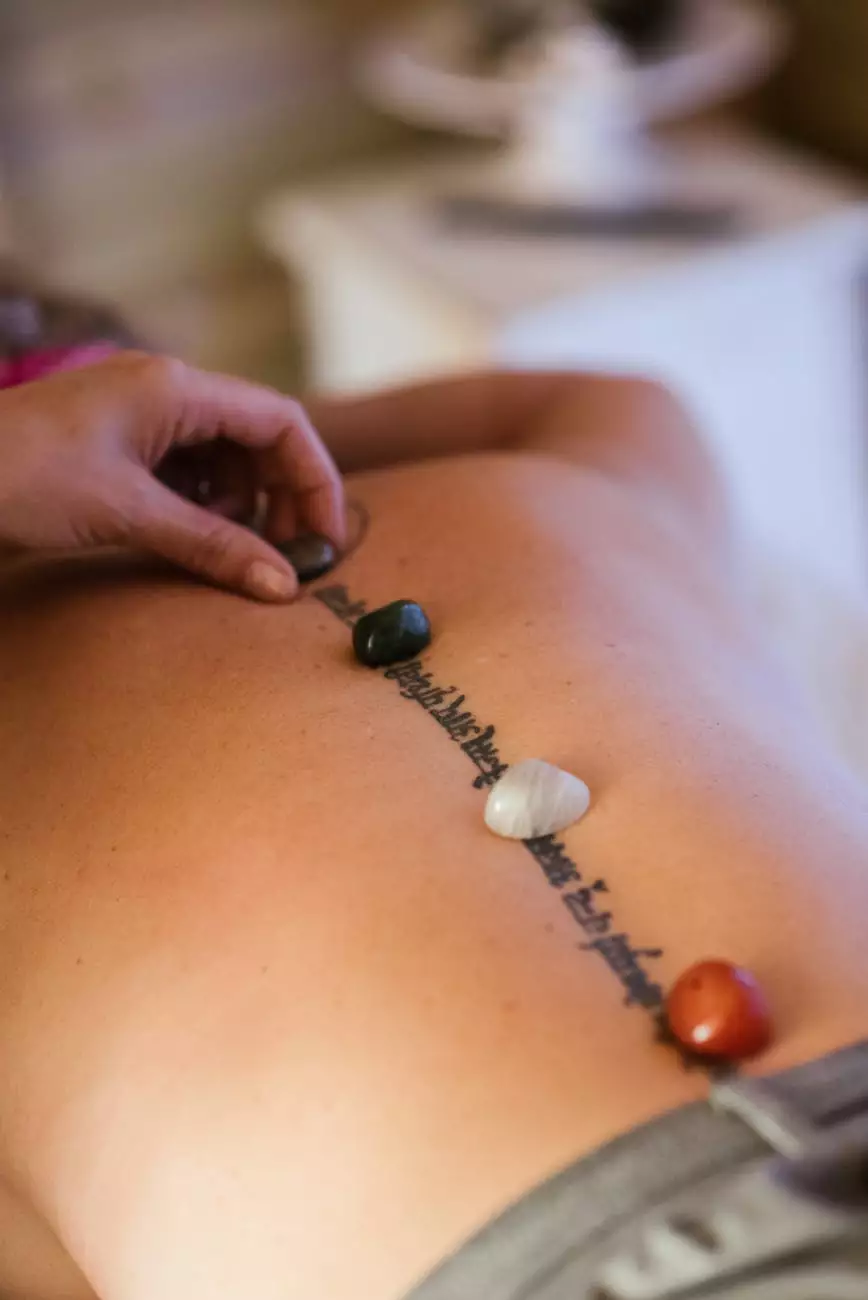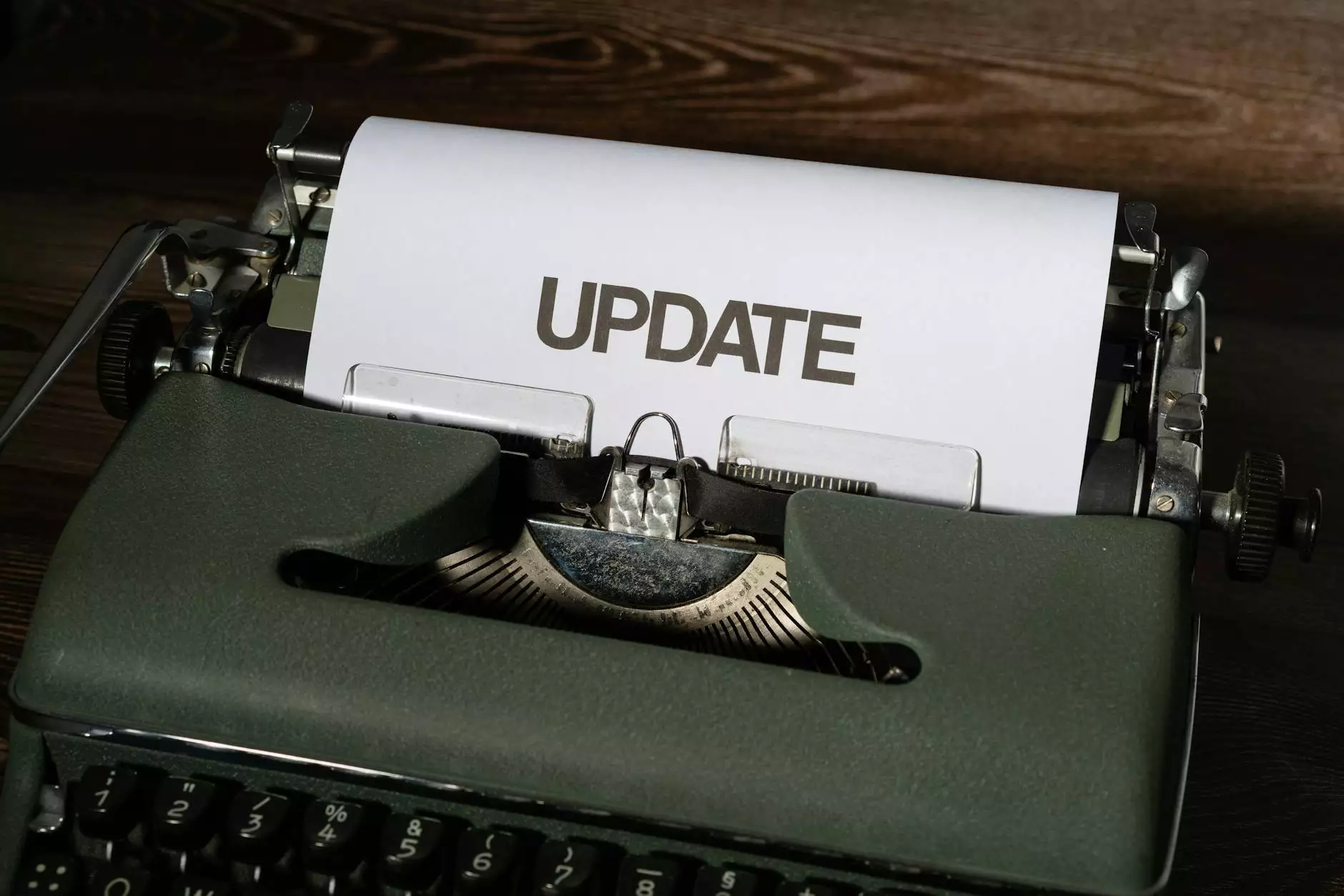Treating Your High Ankle Sprain
Services
Introduction
Welcome to Sheridan Movement Studios' comprehensive guide on treating high ankle sprains. If you are an active performer or involved in arts and entertainment, you understand the importance of maintaining optimal physical health. A high ankle sprain, also known as a syndesmotic sprain, can significantly impact your ability to move and perform at your best. In this guide, we will provide you with a detailed overview of high ankle sprains, including their causes, symptoms, treatment options, and preventive measures.
Understanding High Ankle Sprains
A high ankle sprain occurs when the ligaments connecting the tibia and fibula bones of the lower leg are stretched or torn. Unlike common ankle sprains, which involve the ligaments on the outside of the ankle, high ankle sprains affect the ligaments above the ankle joint.
Performing artists, especially dancers, actors, and musicians, are at a higher risk of experiencing high ankle sprains due to the repetitive stress placed on the ankle joint during rehearsals and performances. Jumping, landing, rapid direction changes, and intensive movement patterns all contribute to the vulnerability of the syndesmotic ligaments.
Symptoms and Diagnosis
High ankle sprains often present with the following symptoms:
- Pain and tenderness above the ankle joint
- Swelling and bruising
- Difficulty bearing weight or walking
If you suspect a high ankle sprain, it is crucial to seek a proper diagnosis from a healthcare professional. They will evaluate your symptoms, conduct physical exams, and may request imaging tests such as X-rays or MRI scans to determine the extent of the injury.
Treatment Options
Effective treatment for high ankle sprains often involves a combination of the following:
- Rest and Immobilization: In the initial stages, it is essential to rest the injured ankle and avoid bearing weight on it. Immobilization through the use of ankle braces or casts may be required to promote healing.
- Ice and Compression: Applying ice packs and using compression bandages can help reduce swelling and alleviate pain.
- Elevation: Elevating the injured ankle above heart level can assist in reducing swelling.
- Medications: Over-the-counter pain relievers and anti-inflammatory medications may be recommended to manage pain and inflammation.
- Physical Therapy: Rehabilitative exercises, guided by a physical therapist, play a vital role in restoring strength, flexibility, and stability to the ankle. They may include range of motion exercises, stretching, strengthening, and balance training.
- Functional Rehabilitation: As recovery progresses, the focus shifts to a gradual return to performing arts activities. Functional rehabilitation involves specific exercises and movement training tailored to the demands of your chosen art form.
Prevention Strategies
Preventing future high ankle sprains is crucial for performing artists. Here are some preventive measures you can take:
- Proper Warm-Up: Always warm up before rehearsals or performances with stretching exercises and light cardio to prepare your muscles and joints.
- Strengthening and Conditioning: Engage in regular strength and conditioning exercises to improve ankle stability and muscular support around the joint.
- Correct Technique: Ensure proper technique during movements to minimize excessive stress on the ankle joint.
- Proper Footwear: Wear appropriate footwear that provides proper support and cushioning for your specific performance needs.
- Gradual Progression: Gradually increase the intensity and duration of rehearsals or performances to allow your body to adapt to the demands.
Conclusion
At Sheridan Movement Studios, we understand the importance of providing comprehensive information to support your recovery from a high ankle sprain and prevent future injuries. By following the recommended treatment options and adopting preventive strategies, you can regain mobility, performance, and confidence in your art. Remember to consult with a healthcare professional for an accurate diagnosis and personalized treatment plan. We are here to assist you on your journey to a full and speedy recovery. Stay healthy, stay inspired, and keep moving!




